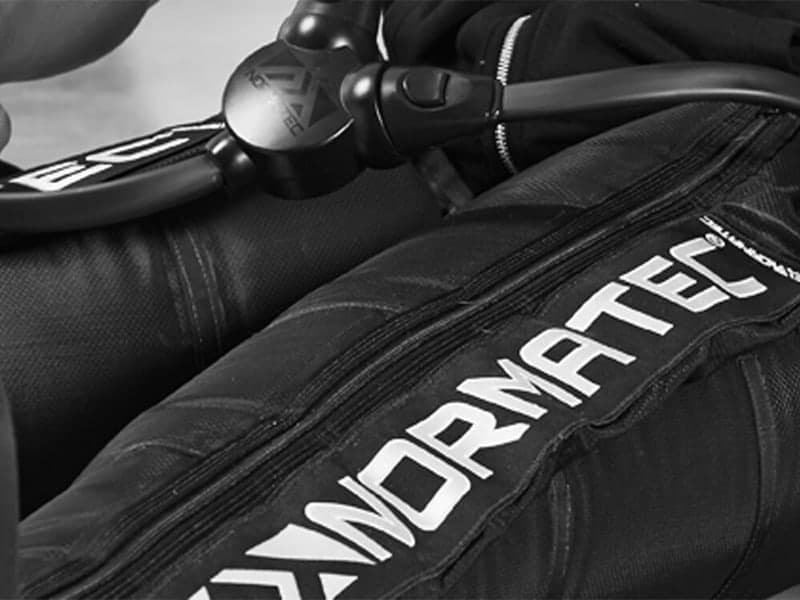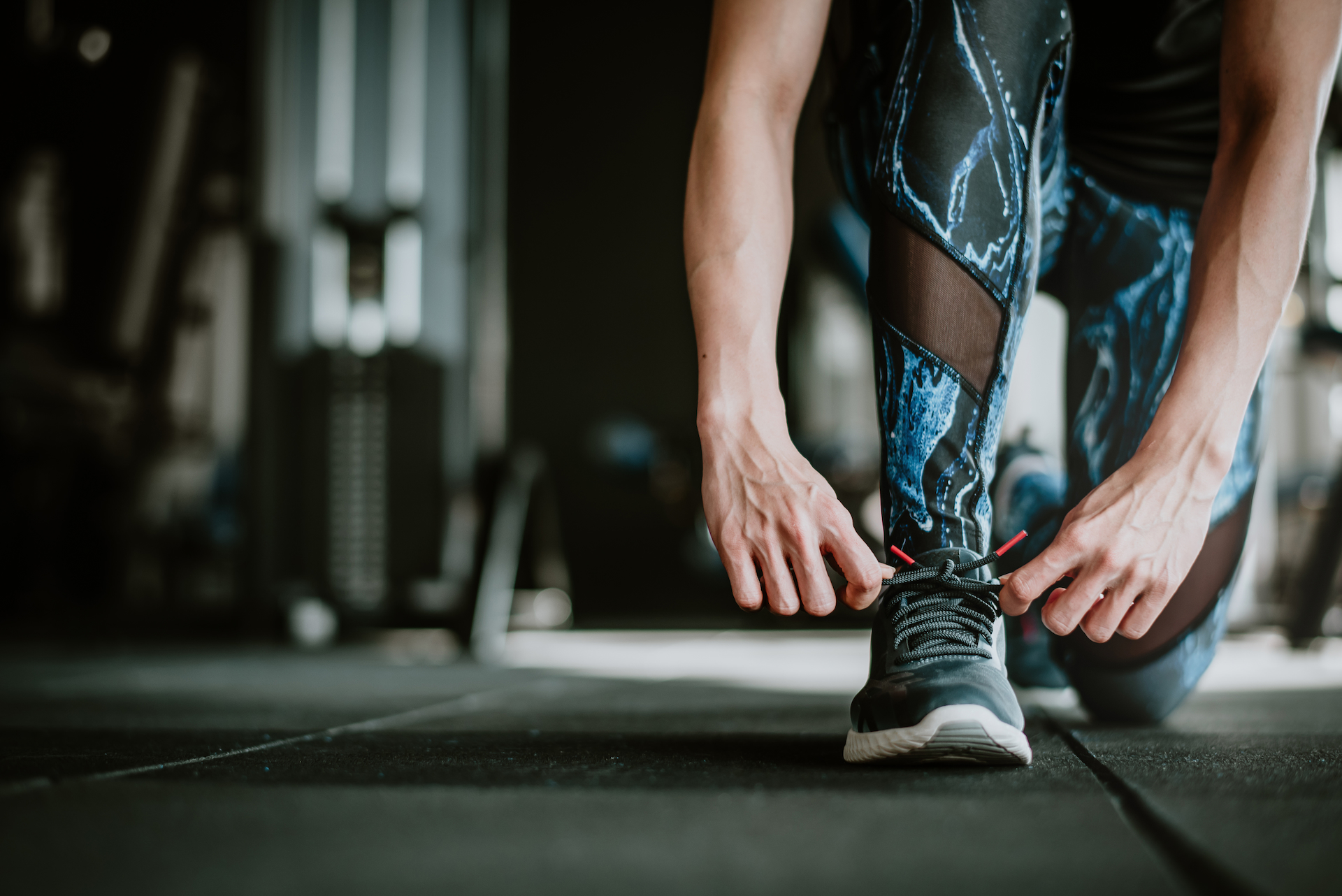Benefits of Physiotherapy for lower back pain
Physiotherapy can be a beneficial treatment option for individuals suffering from low back pain. This non-invasive approach considers the underlying causes of pain and aims to improve overall function and wellbeing. Lower back pain can stem from factors such as poor posture, muscle imbalances, a sedentary lifestyle, or spinal issues like spinal stenosis or intervertebral disc problems. Physiotherapists utilise manual therapy techniques, exercise programs, and education to address these issues.
One of the critical advantages of physiotherapy is the emphasis on personalised treatment plans. An experienced physiotherapist can assess a patient’s condition and develop a tailored exercise routine to address their unique needs. A treatment plan may include exercises targeting core muscles, range of motion exercises, and gentle aerobic activities to improve blood flow and reduce pain symptoms. Additionally, physiotherapy can address muscle imbalances and guide proper body mechanics during daily movements and work-related tasks, such as avoiding awkward positions or heavy lifting.
Research has shown strong evidence supporting the effectiveness of physiotherapy for lower back pain. It not only provides pain relief but also helps improve muscle strength, range of motion, and overall quality of life.
Common causes of lower back pain
Causes of lower back pain can range from musculoskeletal issues and injuries to poor posture and underlying health conditions. Identifying the specific cause of back pain is essential for developing an effective treatment plan. A thorough assessment by a healthcare professional, such as a physiotherapist, can help determine the underlying cause and guide the appropriate course of treatment.
Poor posture
Maintaining poor posture for extended periods, such as slouching or hunching over, puts excessive strain on the muscles and ligaments that support our spine. As a result, some muscles will become tight and overworked, while others become weaker, causing muscular imbalances.
The spine requires proper alignment and support to function optimally. Poor posture can disrupt this alignment, causing undue stress on the spine. Over time, this can lead to chronic pain.
Physiotherapy can offer effective treatments for lower back pain caused by poor posture. These treatment options focus on addressing muscular imbalances and providing spinal realignment.
Injury or trauma
Sports injuries can be a common cause of back pain. Different types of sports injuries can affect the spine and lead to discomfort and limited mobility.
Muscle strain in the back can occur due to overuse, improper lifting techniques, or sudden movements. Repetitive movements in sports like golf or tennis can lead to overuse injuries such as stress fractures or muscle imbalances.
These injuries impact the spine by putting stress on the vertebrae, discs, and surrounding tissues. For example, muscle strains can disrupt spinal alignment, leading to pain and reduced range of motion. Stress fractures can weaken the vertebrae and cause instability, resulting in pain.
Intervertebral disk injury or degeneration
As we age, the spinal joints and discs undergo degenerative changes. The discs lose their elasticity and become less capable of absorbing shock, resulting in gradual onset and chronic back pain. The degenerative changes can also lead to the narrowing of the spaces between the vertebrae, known as spinal stenosis, which can further contribute to pain and discomfort.
Symptoms commonly associated with intervertebral disc injury or degeneration include early morning stiffness, pain that worsens with prolonged standing or sitting, leg pain (also known as sciatica), and numbness or tingling sensations in the legs. These symptoms may vary in intensity and significantly affect an individual’s quality of life.
Arthritis, specifically osteoarthritis, can also be very painful. This degenerative joint disease affects the cartilage in the spine, leading to inflammation, stiffness, and discomfort.
On top of this, there’s Kyphosis, Scoliosis, Osteoporosis and many more potential causes of back pain. For an accurate diagnosis, we recommend you seek treatment from an Allied Health professional.
Initial Physiotherapy Assessment
An initial assessment for lower back pain involves a comprehensive evaluation of the critical components and considerations related to the condition. One of the primary goals of this assessment is to determine the severity and location of the pain, as well as to identify any underlying conditions or contributing factors. It’s essential to consider any past injuries, chronic medical conditions, or surgeries that could be related to the current discomfort. Additionally, details about lifestyle habits, occupation, and daily routines can help understand the situation.
Next, the physiotherapist will perform a thorough physical examination to assess the musculoskeletal system. The analysis evaluates posture, muscle strength, range of motion, and any signs of inflammation or tenderness.
In some cases, diagnostic tests such as X-rays, MRI scans, or CT scans may provide a clearer picture of the underlying cause of the pain. These tests can detect such problems as herniated discs, spinal stenosis, or arthritis, which may be contributing to the symptoms. Your physiotherapist will advise if tests should be required.
By conducting a detailed initial assessment, a physio can gather vital information to develop an individualised treatment plan for lower back pain.
How Physiotherapy can help with back pain?
Through a combination of various treatments, physiotherapy can provide effective pain relief, improve mobility, and enhance the quality of life for individuals suffering from back problems. Whether acute or chronic pain, physiotherapy offers a comprehensive and tailored approach to alleviate symptoms, restore strength, and prevent future recurrences. Through hands-on techniques, exercise programs, and lifestyle adjustments, physiotherapy aims to improve pain levels, functional abilities, and overall wellbeing.
Range of motion exercises
Range of motion exercises play a crucial role in the treatment of lower back pain. These exercises aim to increase flexibility, promote rehabilitation, and restore standard movement patterns in the lower back. Examples of motion exercises include pelvic tilts, trunk rotations, hamstring stretches, and gentle backbends.
Exercise programs to increase muscle strength
A well-rounded exercise routine that includes strengthening and stretching exercises can provide numerous benefits. Specific exercises help to strengthen the back, which is crucial for supporting the spine and maintaining proper alignment. Strengthening the core muscles, such as the abdominal muscles and lower back muscles, can help alleviate stress on the lower back and reduce pain.
Regularly engaging in these exercises can help enhance muscle tone, promote better posture, and increase overall strength and stability in the lower back. It is important to note that exercise programs should be tailored to individual needs and carried out under the guidance of a physiotherapist or healthcare professional, especially for individuals with specific medical conditions or underlying concerns.
Massage
Massage therapy is a popular and effective treatment option for individuals suffering from lower back pain. This technique offers a variety of benefits, including reducing muscle pain, promoting muscle relaxation, stimulating blood flow, and preventing painful spasms.
Massage targets the muscles and tissues in the lower back that may be tense, tight, or inflamed. Applying specialised techniques, such as kneading, rolling, and gentle pressure, helps to release muscle tension and alleviate pain. By loosening the muscles, massage promotes relaxation and improves flexibility, allowing for greater ease of movement and reduced discomfort.
Dry Needling
Dry needling is commonly used in physiotherapy to alleviate lower back pain. This procedure involves the insertion of thin needles into specific trigger points found in the lower back muscles. Dry needling aims to release tension and relieve pain by targeting these trigger points.
One of the key benefits of dry needling is its ability to address knotted muscles. The muscles are stimulated by inserting the needles directly into these trigger points, promoting relaxation and reducing muscle tension.
Postural Training
This training focuses on maintaining a balance between muscles and bones, minimising strain on the body. Addressing postural imbalances and promoting proper alignment can help alleviate pain and prevent future injuries.
A physiotherapist may implement a postural training routine, incorporating exercises like calf stretching, seated squats, pelvic tilts, and abdominal strengthening, which can effectively correct posture.
When to see a Physiotherapist about low back pain
Lower back pain is a common ailment that many people experience at some point in their lives. In most cases, the pain resolves on its own with rest, self-care, and over-the-counter pain medications. However, there are specific signs and symptoms that indicate the need to consult a physiotherapist for professional help.
One crucial factor to consider is the duration of the pain. If your lower back pain persists for more than a week despite self-care measures, it may be time to seek medical assistance. This prolonged pain could be an indication of an underlying condition that requires specialised treatment.
Another red flag is when lower back pain is simultaneous with referred pain. Referred pain refers to discomfort experienced in other areas, such as the legs or buttocks, originating from the lower back. This could be a sign of nerve compression or sciatica, which a medical professional should address.
Additionally, severe symptoms like difficulty walking, numbness or tingling in the legs or feet, or loss of bladder or bowel control warrant immediate attention from a physiotherapist. These symptoms could indicate a more severe condition that requires proper evaluation and management.
Physiotherapists have the expertise and skills to assess and treat musculoskeletal conditions, including lower back pain. They can design a personalised treatment plan, including physical therapy, manual therapy, and exercise programs, to address your specific needs and help improve your quality of life.
Don’t hesitate to consult our Physio team at Body for Life to get help and treatment for back pain. We’re here and ready to help.





